Learn Hardware
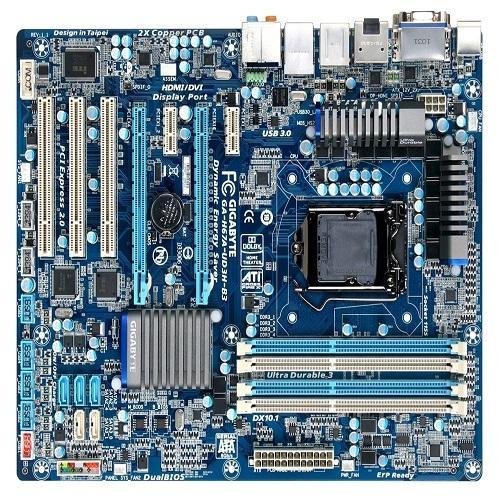
Motherboard
It is also called the mainboard and it is the main printed circuit board (PCB) found in general purpose computers and other expandable systems. It usually contains major sub-systems such as the central processor, the chipset’s input/output and memory controllers, interface connectors, and other components integrated for general purpose use and applications.
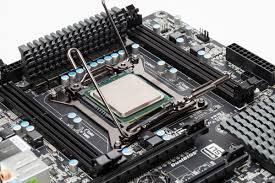
Central Processing Unit
It is also known as a central processor or main processor, refers to the electronic circuitry within a computer that carries out the instructions of a computer program by performing the basic arithmetic, logic, controlling, and input/output (I/O) operations as per the instructions. Traditionally, the term CPU alludes to a processor, specifically the processing unit and control unit (CU).
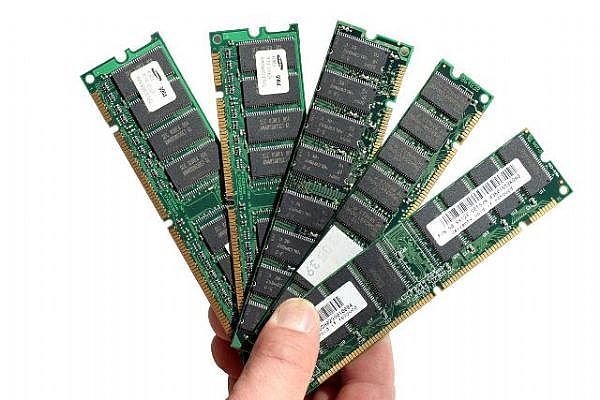
Random Access Memory
It is the hardware in a computing device where the operating system (OS), application programs and data in current use are stored so they can be quickly accessed by the device's processor.
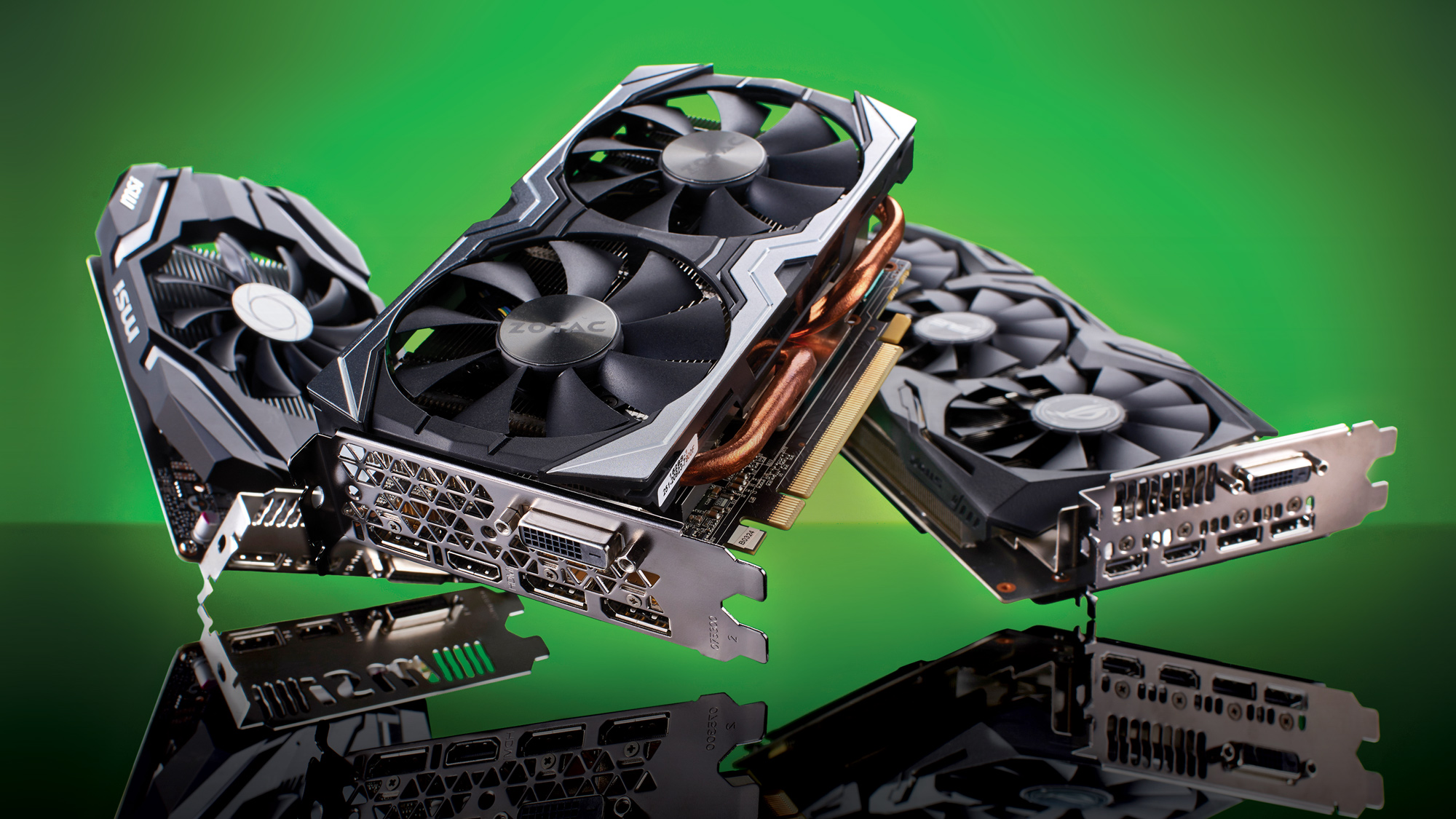
Graphics Card
A video card, also called a display card, graphics card, display adapter, or graphics adapter, is an expansion card that connects with the motherboard of the computer and generates a feed of output images to a display device.

Power Supply
The power supply powers all other components of the machine. It usually plugs into the motherboard to power the other parts. The power supply connects to either an internal battery (on a laptop) or a plug for an outlet (on a desktop).
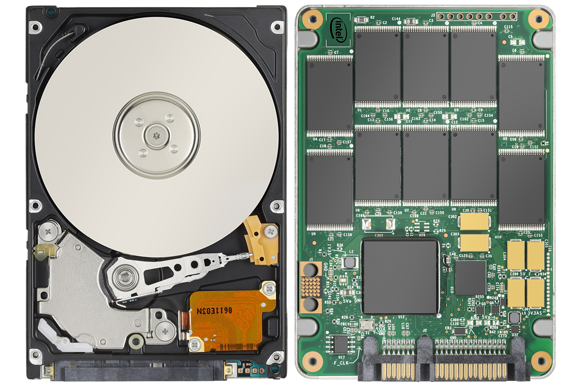
Hard Disk Drive/ Solid State Drive
Since RAM is temporary, your computer needs a place to store data permanently. That's where the hard drive comes in. Solid-state drives consist of flash memory, like your smartphone or flash drive. They are much faster than traditional hard disk drives, though cost more for the increased efficiency.
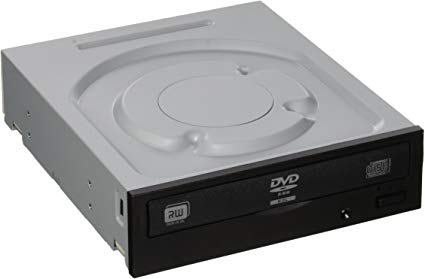
Optical Drive
Though less common than they used to be, many machines still have an optical drive for reading CDs and DVDs. These can be used to listen to music or watch movies, place information onto a blank disc, or install software from a disc.
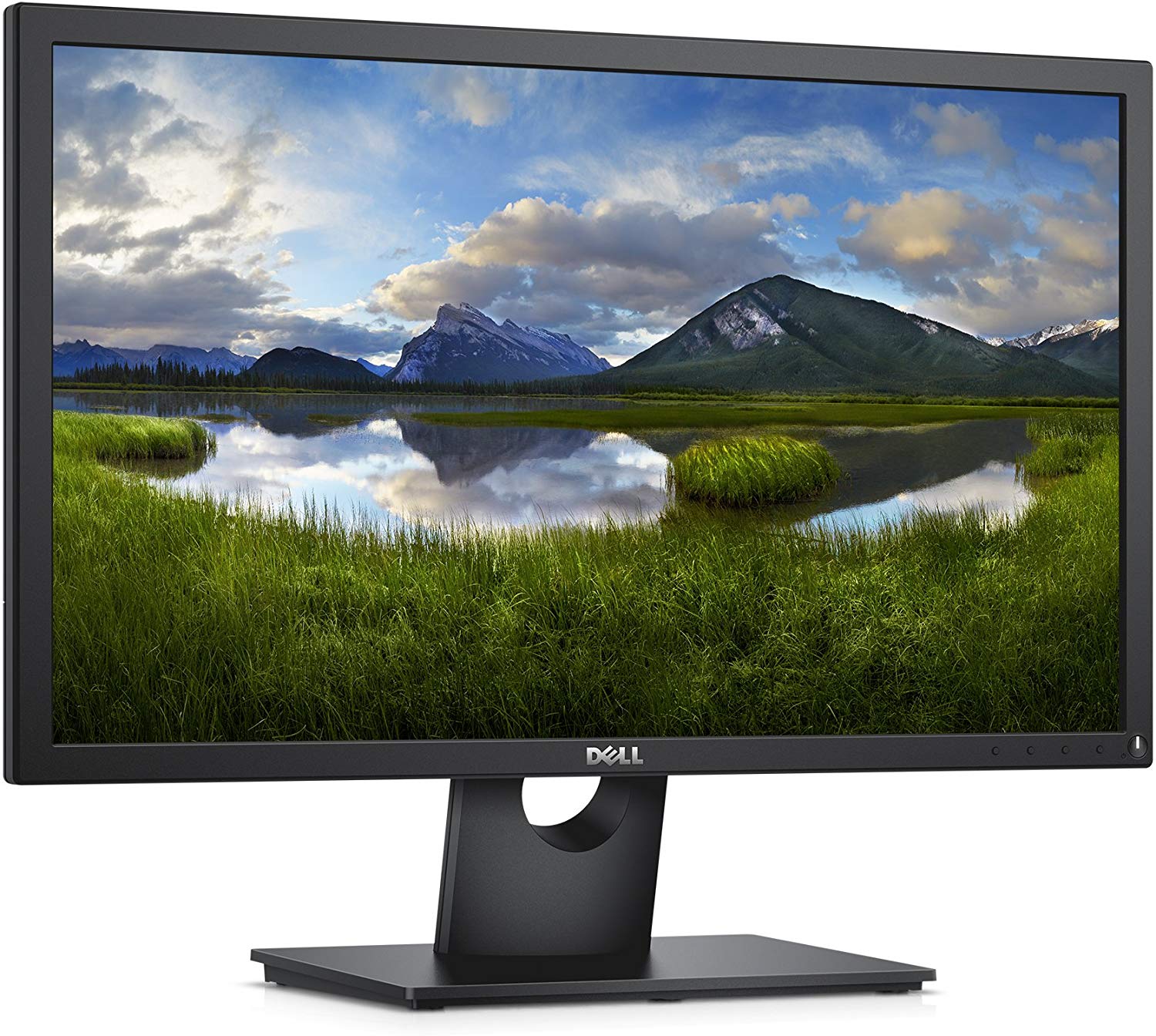
Computer Monitor
A computer monitor is simply the screen that will be giving you your video output from the computer. There are different types of monitors, including cathode ray tube (CRT) and liquid crystal displays (LCD). Monitors have display functions that include powering it on and off, controlling brightness, contrast and position, among others.
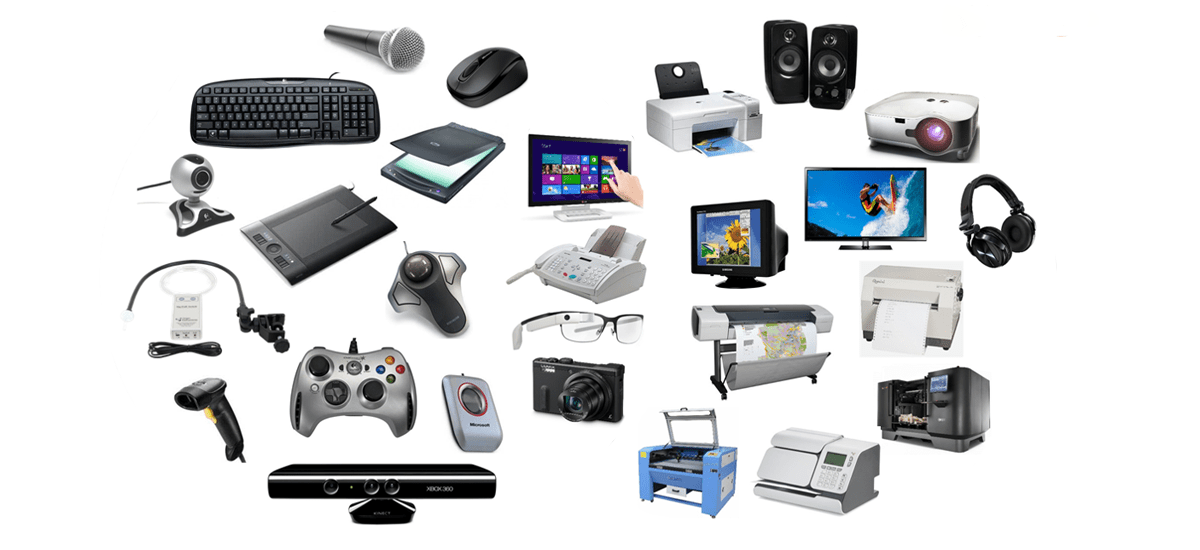
Input and Output Devices
Common input devices include mice (touchpads on laptops), keyboards, and webcams, while output devices consist of monitors, printers, and speakers. Removable media such as flash drives and SD cards can also be used to transfer data between computers.